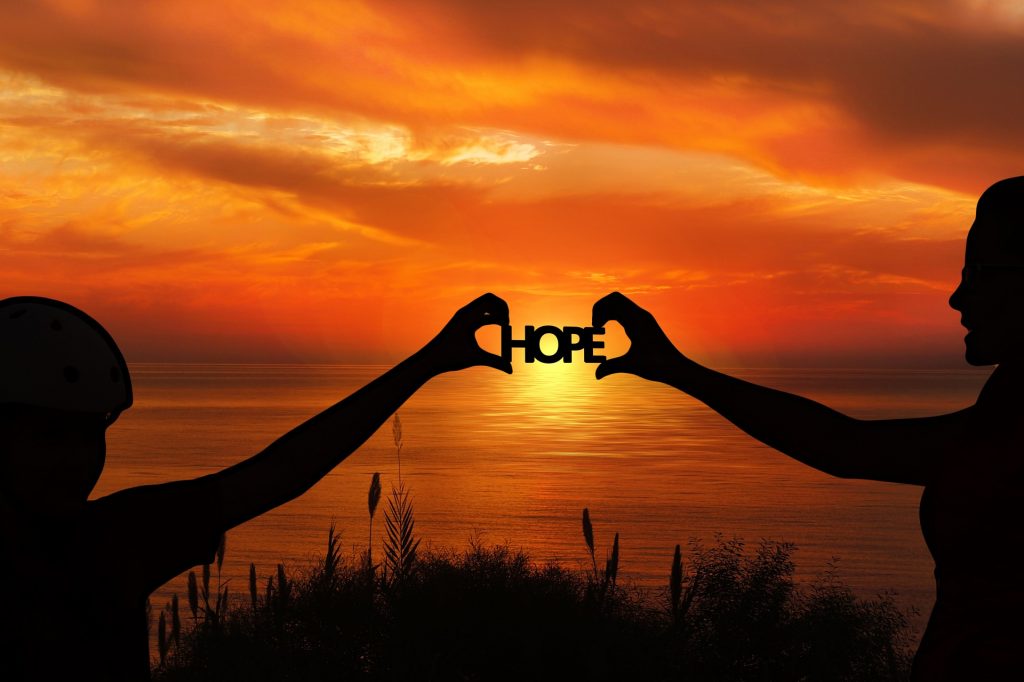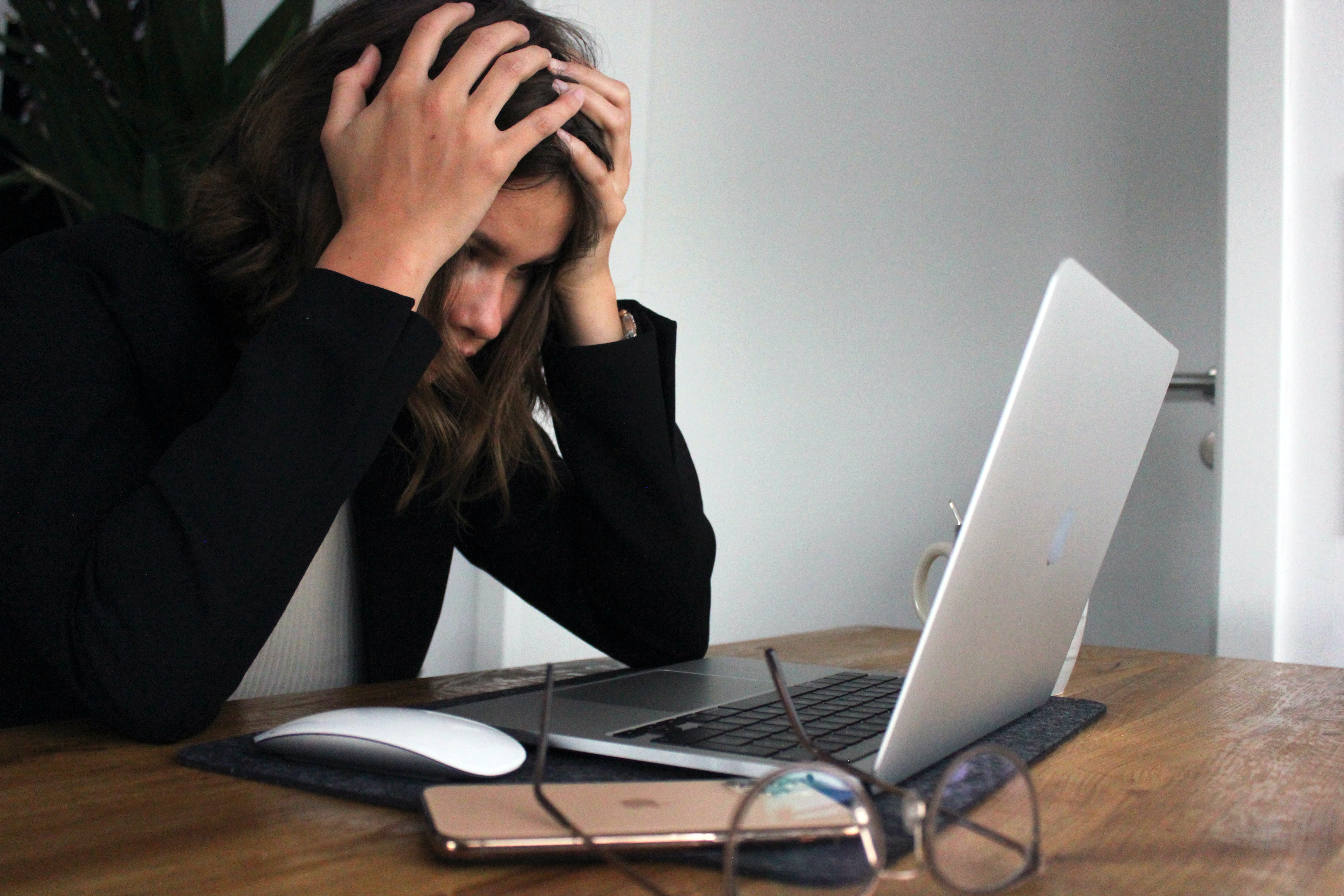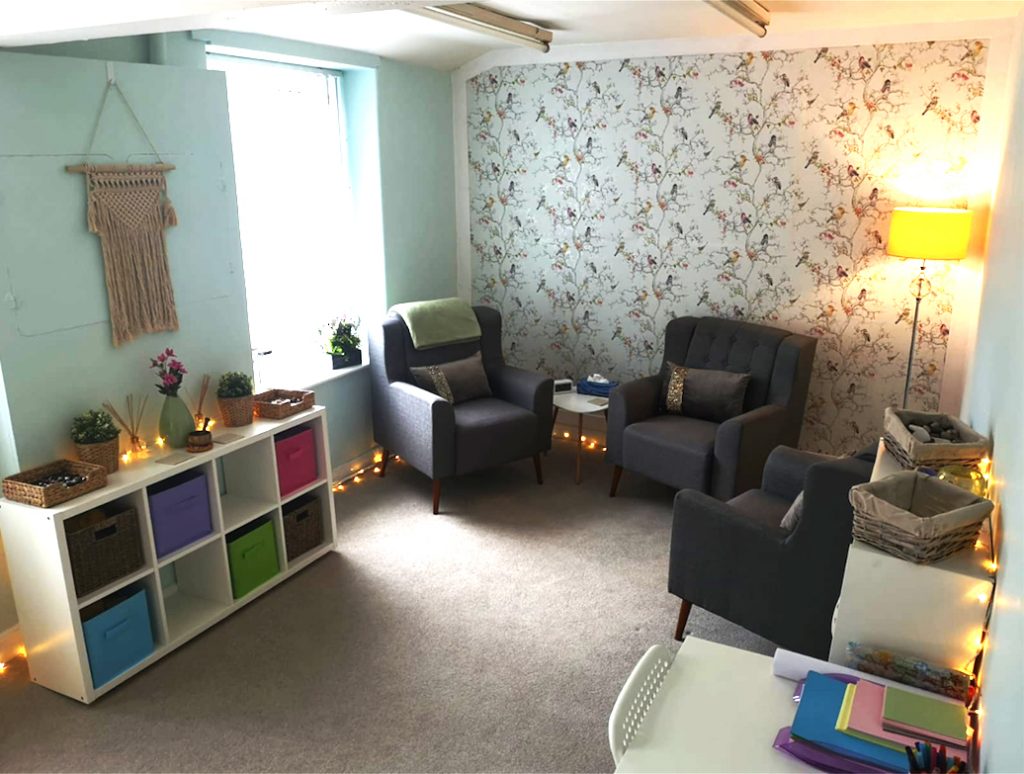As humans we tell the story of who we are regularly. We say casually to friends and family things like “I’m not a morning person”, “I don’t like certain food”, “I’m an introvert”, “I can’t wear that colour…”.
It’s a part of our nature, and the main task of adolescence, to form an identity. This helps us relate to others and curate a sense of self. However, in my practice I often see clients who are so attached to aspects of themselves, that they can’t see how it holds them back.
“Oh I can’t do that”, is a common phrase that I hear with both young people and adults. When from where I’m sitting, I sense they are more than capable of doing this, but perhaps they just aren’t confident enough to try it. Being able to do something versus not having the confidence are separate matters, although they are often considered one and the same.
Clients often state opinions such as ‘these things always happen to me’ or ‘this is something that would happen to me’. Once you’ve decided you are an unlucky person, thanks to confirmation bias, your brain will actively look for experiences that align with that narrative. Over time this will confirm and strengthen this negative belief until it becomes part of who you are.
In a similar vein, diagnosis can be a great tool to normalise your experience and apply tried and tested ways of coping. However, clients may identify with this label to such an extent that it limits what they feel they are able to achieve. Yes, there may be some things that cannot be possible but everyone’s experience within that diagnosis is unique. Our ability is malleable and ever changing, it’s not a concrete concept! So, don’t let a label stop you from trying new things and becoming the best version of you!
Our words and thoughts are the main driver in creating our reality. If we strive to look for positives in the negatives, fun in our challenges and lessons in our disasters… then we can begin to invite more balance and contentment in our lives.
Jess



